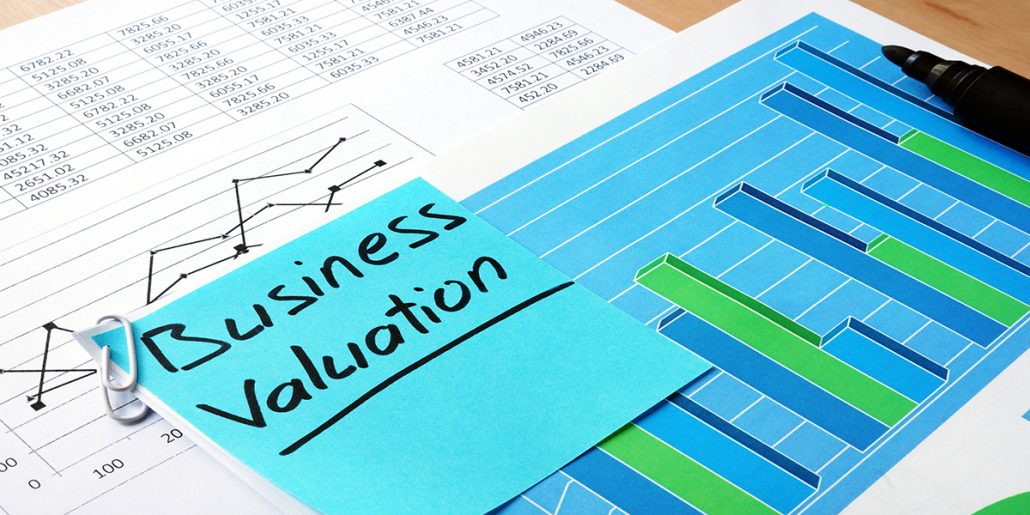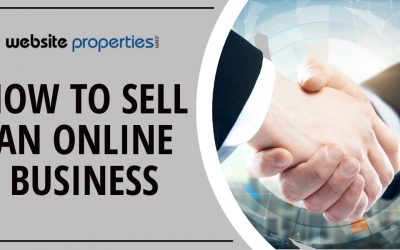8 Drivers of Valuation
When most business owners think about selling their online business, they tend to narrow in on the sale itself, and because of this become myopic about what it takes. The fact of the matter is that selling your business is something that should be on your mind all the time, and something that should affect how you run your business, always.
Financial Performance
Having a clear portrait of your company’s financial performance is essential. This means employing processes that allow for clean, organized financial data to make it onto your books in a way that allows for a simple assessment of the business both day-to-day and in the long term. Investment in a quality CPA that understands your business model can be invaluable when it comes to operating, and eventually selling your business.
Growth Potential
Potential buyers are essentially the future of your business, and as such, they tend to focus less on the present state of your business, and more on its growth potential down the line. They are buying the future stream of the revenues and profits that they perceive the business will produce for them. In terms of a sale, for the seller it may be the finish line, but for the buyer it’s essentially the starting line. To drive up the value on your business for growth potential you want to focus on the areas of growth that can be exploited further – can it operate in a different markets or channels, can you cross sell different products and target different demographics.
Switzerland Structure
This gets its name from the country, long obsessed with being independent and not being reliant on any one faction or regime. It’s an ethos that is critical with your own business and making it more sellable. There are 3 essential areas to create independence:
- Your customers – ideally no one customer represents more than 5% of your business revenues, since losing said customer would represent a huge hit to revenue and profitability. Also acquiring another customer – or many smaller customers – to make up the loss would be time consuming and costly.
- Employees – you don’t want to be overly reliant on one employee.
- Suppliers/Vendors – Great vendor relationships are important, but becoming overly reliant on a single supplier – or at the very least not maintaining strategic back-up plans – can prove catastrophic to a business should something go wrong.
Cash Flow/Cost of Operation
How does cash flow occur in your business – the buyer has to buy the business and then has to ultimately fund the company with working capital. The more company your company needs to operate on a daily basis, the lower the valuation will likely be. The way to improve your cash flow is to collect on receivables quicker and extend out your payables. For most retail and online businesses, there are no receivables but for many businesses, this can be a real financial drain – that why many companies offer incentivized payment terms: like 2/10 net 30 -essentially offering 2% discount if the invoice is paid within 10 days rather than waiting for 30 to get paid. Generating more cash in the business will improve the value of the business to a buyer and your VB score.
Recurring Revenue
MRR vs. ARR – these represent your monthly recurring revenue and your annual recurring revenue. While the former gives a sense of how the market and consumer behaves across the calendar year (seasonality, etc), the latter gives a sense of the overall strength of the market at large. This is especially important when it comes to subscription-based models.
- Product is a consumable like coffee
- Sunk money consumable – like Nespresso capsules – buy the machine and then you resupply in perpetuity.
- Subscription – you receive a resupply of X product every month for a recurring fee. ,
- Sunk money subscription – Pay an upfront cost for a platform and then buy access on a monthly/subscription basis.
- Auto renew subscription – it’s in perpetuity – evergreen revenue until you cancel – supplements. Most valuable
- Contract subscription – where the customer is contractually obligated to continue buying for a set period of time.
Monopoly Control/Proprietary Branding
If your business is a monopoly, it’s likely you’re not looking to sell it: because, well, it’s basically a license to print money. But a kind of monopolistic control can be achieved through proprietary branding, which allows you a differentiated marketing position, and the ability to control your pricing and better margins. Though you may not have a monopoly within a given marketplace, you may have a monopoly on a very valuable segment of the customer base, achieved through your branding.
Customer Satisfaction
How many clients come from referrals. How do you quantify customer satisfaction – the net promoters score – how likely is it that your customer is going to recommend your service or product. The more buyers can see this referral and or strong customer loyalty the better the perceived value of the brand. Strong referrals indicate a quality product/experience, opportunity for growth, and lower acquisition and retention costs moving into the future.
Hub and Spoke
How dependent is the business on you, the owner? Because the more dependent the business is on you personally, the less the value is going to be. While this may rub some owners the wrong way – the business is their baby, after all – it’s an essential fact for any owner to be aware of and work to mitigate. The points where the business will break down when the owner is not there need to be mitigated and cleared so that the business can stand alone. Creating process documents, clear hierarchical structures and having contingency plans in your absence all are essential elements.

